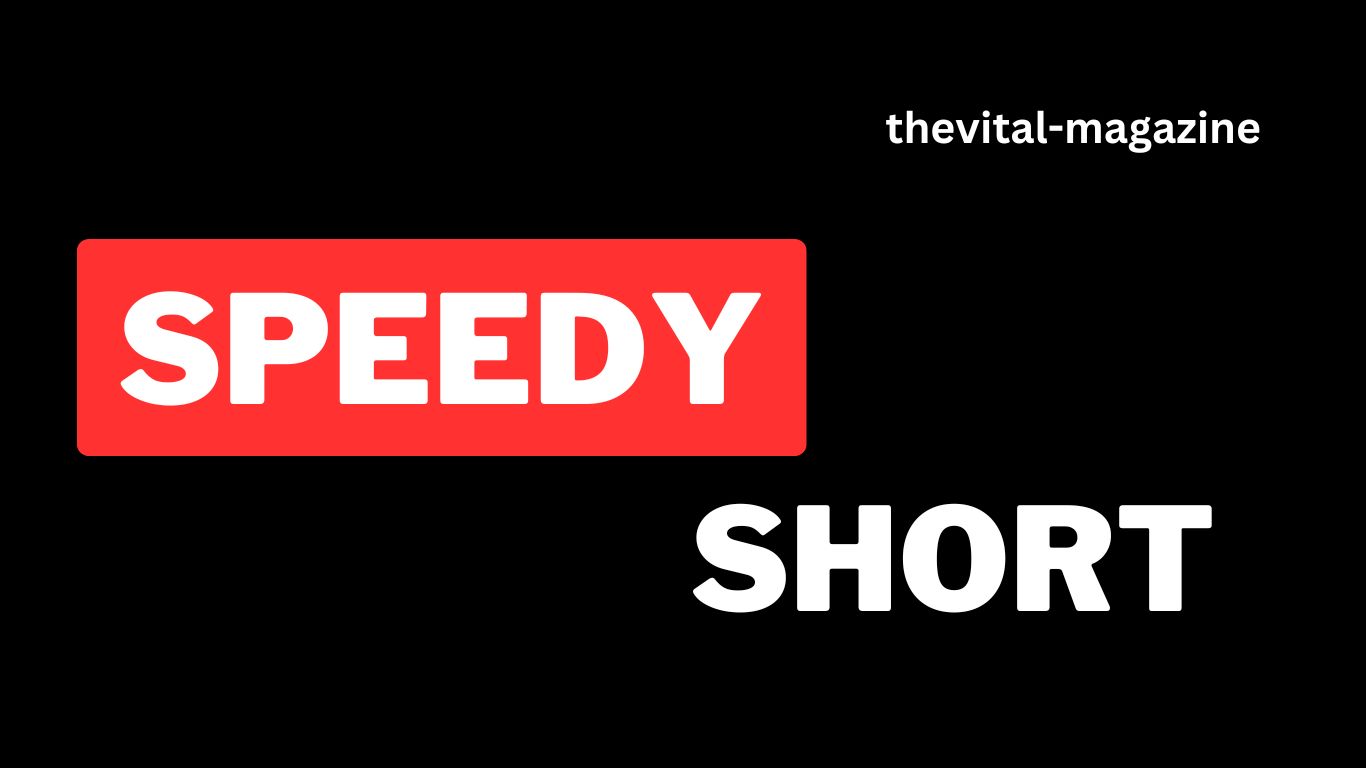The Gross Domestic Product (GDP) is widely regarded as the leading measure of a country’s economic health, providing a clear indication of growth, productivity, and overall prosperity. But what if the story it tells is incomplete? Much like a movie with scenes that don’t make the final cut, GDP has its own “deleted scenes” — crucial elements and nuances that don’t always get the spotlight. Episode E355 invites us to explore these hidden layers, shedding light on factors that are often overlooked but critical to understanding the full scope of an economy.
While GDP provides a solid framework for measuring a country’s output, there are deeper intricacies that it doesn’t capture. This article delves into those often ignored factors, giving you a broader perspective on what GDP truly means and what gets left behind in the calculations. Let’s explore the untold stories behind the numbers and understand how these deleted scenes can change our view of economic success.
What is GDP Really Telling Us?
At its core, GDP is a monetary measure of the value of all goods and services produced within a country’s borders during a given period, typically annually or quarterly. Economists rely on it to gauge whether an economy is growing or shrinking. GDP is composed of four main components:
- Consumption: The total spending by households on goods and services.
- Investment: Spending on capital goods that contribute to future production.
- Government Spending: Expenditures on public goods and services.
- Net Exports: The value of a country’s exports minus its imports.
However, while these components give us a broad sense of economic activity, they only scratch the surface. GDP tells us what is happening, but not how or why. To understand the bigger picture, we must dive deeper into the unseen elements — the “deleted scenes” — that influence an economy but don’t always make it into the final GDP script.
The Limitations of GDP: What’s Missing From the Scene?
GDP is a useful metric, but it has its limitations. Like any indicator, it simplifies a complex reality. For instance, GDP focuses exclusively on economic output and doesn’t measure the quality of life, income inequality, or the sustainability of growth. Let’s explore some of the major factors it leaves out.
Income Inequality: A Silent Plotline
One of the most significant blind spots of GDP is income inequality. While GDP can increase as a country becomes wealthier, this doesn’t necessarily mean that wealth is distributed evenly. A rising GDP may only reflect the gains of the wealthiest individuals, leaving the rest of the population behind. The deleted scene here is the reality that not all citizens experience economic growth equally. Understanding this gap is crucial, especially in developed economies where income disparity is growing despite strong GDP numbers.
Environmental Costs: The Forgotten Subplot
Another critical omission in the GDP storyline is environmental degradation. Traditional GDP calculations don’t account for the environmental costs of economic activities. Increases in GDP can sometimes coincide with practices that harm the environment, such as deforestation, pollution, and carbon emissions. These negative effects, while not captured in GDP, have long-term consequences for an economy’s health and sustainability. The deleted scene of environmental impact reveals a much darker side to economic growth than what’s presented by GDP figures alone.
Unpaid Work: The Invisible Characters
An economy is not solely powered by paid labor. Unpaid work, such as household chores, caregiving, and volunteer activities, contributes significantly to societal well-being, yet it is entirely absent from GDP measurements. This unpaid labor, often done by women, supports the paid economy in profound ways, and without it, the formal economy couldn’t function as smoothly. The “deleted scene” here represents a vast amount of valuable economic activity that GDP overlooks.
The Underground Economy: The Hidden Scene
GDP doesn’t capture the activities that occur in the shadow economy. This includes black market transactions, informal labor, and illegal trade. In some countries, the underground economy represents a significant portion of total economic activity. Ignoring this scene paints an incomplete picture of the true scale of production and consumption, leading to potentially skewed policy decisions based on GDP data alone.
Quality of Growth: What Happens Behind the Scenes?
GDP measures quantity, but what about the quality of growth? Not all economic growth is created equal. For example, rapid expansion in certain sectors, like real estate or finance, may lead to economic bubbles that can burst and cause recessions. A focus on GDP can overlook whether growth is sustainable or beneficial in the long term. This deleted scene involves examining the structural integrity of economic growth and ensuring it doesn’t come at the cost of future stability.
GDP and Human Well-Being: The Missing Emotional Impact
At the heart of any economy are its people. However, GDP is an impersonal measure that doesn’t reflect the well-being, happiness, or overall satisfaction of a population. Countries like Bhutan have pioneered alternative metrics, such as Gross National Happiness, which attempt to measure human welfare alongside economic productivity. The deleted scene here reveals the importance of integrating well-being into our understanding of economic success.
The Role of Innovation: A Scene That’s Still Unfolding
Innovation is often a driver of economic growth, but GDP struggles to capture its full impact. Technological advancements can dramatically change productivity and economic potential, but these shifts don’t always immediately appear in GDP data. For example, digital products like software and social media platforms add immense value to our lives but are difficult to quantify. The deleted scene in this case involves the intangible benefits of technological progress, which may not reflect in traditional GDP calculations.
Globalization and Interconnected Economies: A Complex Plotline
As economies become more interconnected, the limitations of GDP become even more apparent. Global trade, multinational corporations, and international supply chains blur the lines of national economic activity. GDP measures within a country’s borders, but in a globalized world, this distinction becomes increasingly irrelevant. The deleted scene here explores how globalization makes it difficult to attribute economic gains or losses to any one nation alone.
Measuring Progress Beyond GDP: A New Scene in Development
Given the many deleted scenes that GDP overlooks, some economists and policymakers advocate for new metrics to assess economic health. These include measures like the Human Development Index (HDI), which takes into account education, life expectancy, and per capita income, or the Genuine Progress Indicator (GPI), which adjusts for environmental damage and inequality. These new metrics aim to provide a fuller picture of what economic progress looks like.
Conclusion
GDP remains a critical tool for understanding economic performance, but it’s clear that this single metric doesn’t tell the whole story. Like a movie with key moments left on the cutting room floor, the full narrative of economic growth, sustainability, and human welfare includes many deleted scenes. From income inequality and environmental degradation to unpaid labor and innovation, there are countless elements shaping our economies that GDP fails to capture.
As we move forward, it’s crucial to consider these overlooked factors to gain a more holistic understanding of what true economic success entails. By exploring these hidden elements and integrating them into future economic models, we can write a better, more complete script for assessing the well-being of nations.
FAQs
What is the primary limitation of GDP?
How does GDP fail to account for income inequality?
Why doesn’t GDP measure environmental costs?
What is the underground economy, and why is it excluded from GDP?
Can GDP measure the quality of economic growth?
What alternatives to GDP can provide a fuller picture of economic progress?







